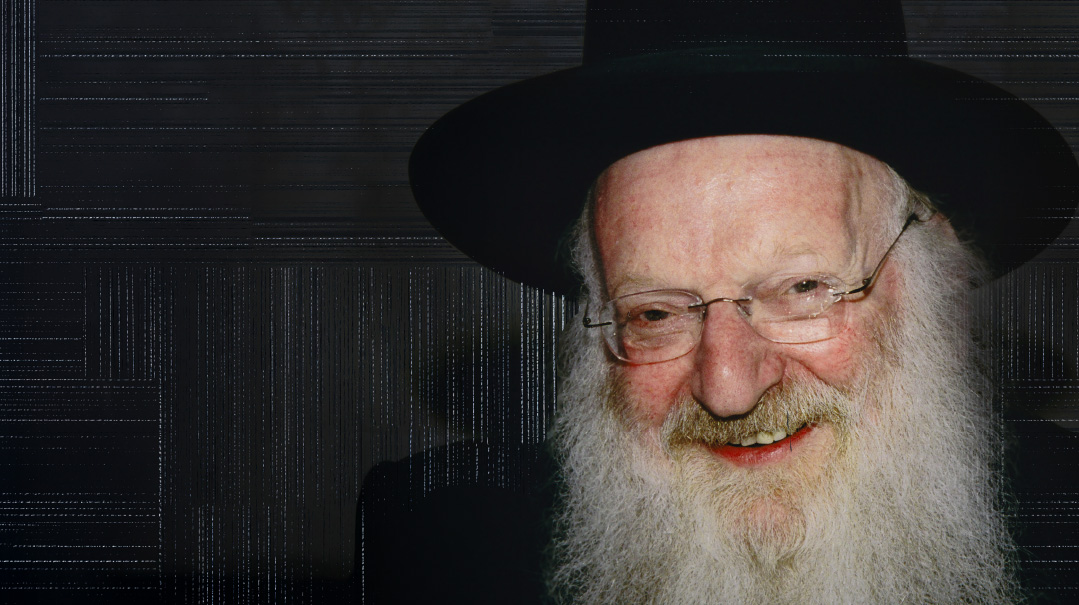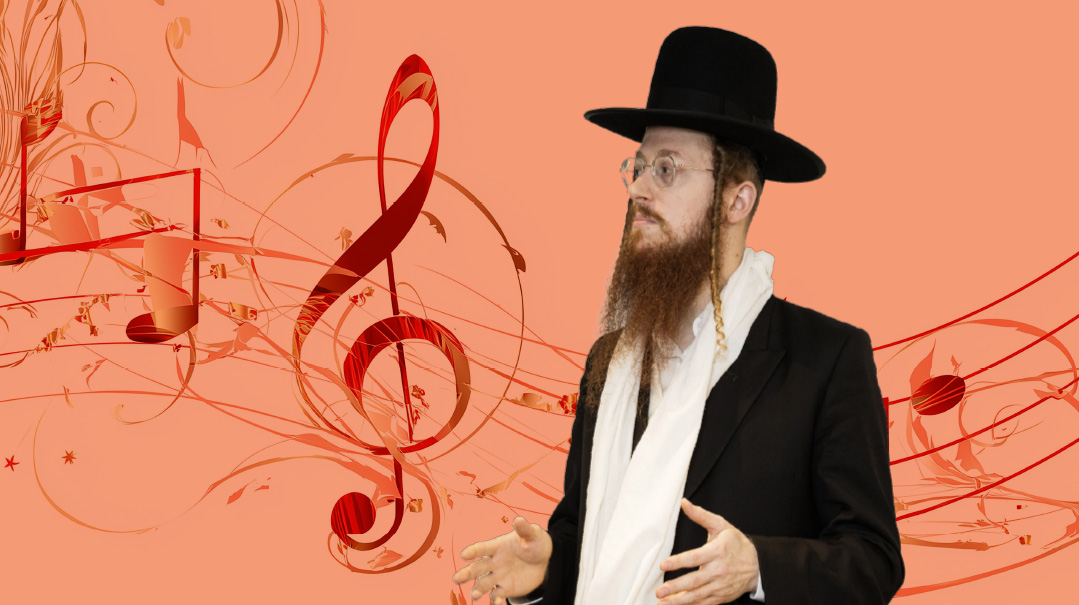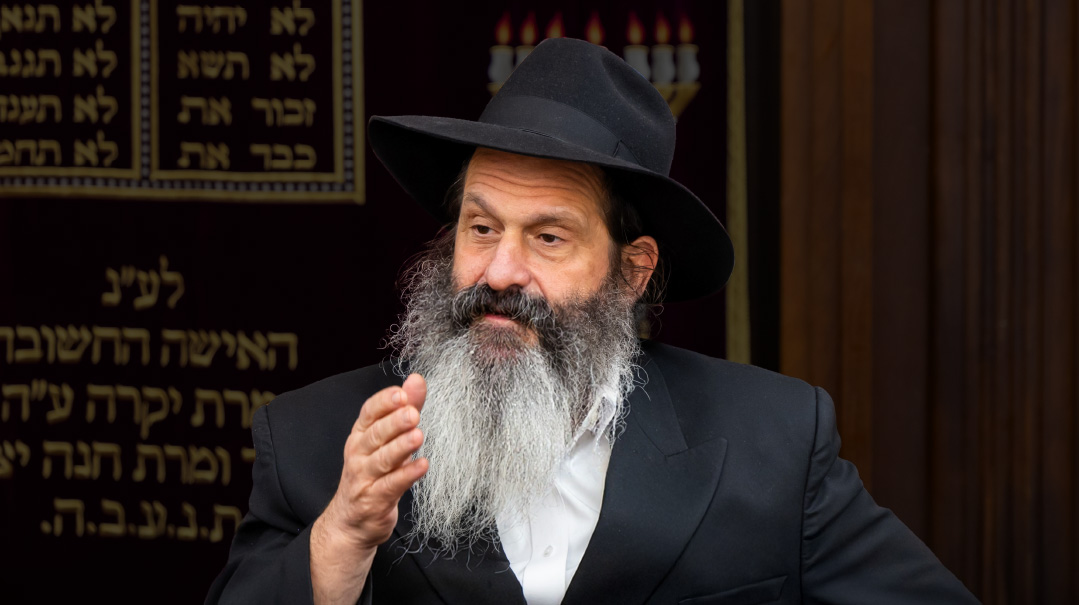Yonah: The Grand Finale?
| September 27, 2017
G-d wanted to teach Yonah that in this world no one is yet at a level to fully withstand the scorching fury of pure unadulterated justice as symbolized by the mighty unrelenting rays of the sun. Everyone needs to seek a temporary shelter or refuge — evoking the image of the succah that offers shade from the sunlight
T he mysterious ending of the Book of Yonah has left many a reader perplexed. The story on the whole is well known. Having miraculously survived being cast into the depths of the sea after Hashem summoned a tempest to strike his ship Yonah was swallowed by a large fish and his prayers recited from within its belly were answered. He was returned to dry land to dutifully complete the mission of spurring the masses of the great city of Nineveh to repent.
But the story does not end there.
It reverts back to the eponymous prophet who was furious with Hashem for accepting Nineveh’s repentance — which was the reason why he had originally fled. Responding to his death wish Hashem questions Yonah about his anger. Setting up a succah to the east of the city Yonah sits in the sun’s shade to watch the city’s fate.
Later Hashem prepares the kikayon (gourd) plant to cover him. But his delight is short-lived. A worm attacks the kikayon causing it to wither. Growing faint from the rising sun and east wind once again Yonah asks to die. Hashem questions Yonah about his anger. Did he not experience a sense of compassion for the kikayon despite not having worked or grown it? But was not the kikayon a fleeting creation — a “son of night” that emerged unexpectedly but then was lost? So too questions Hashem: “Should I not likewise feel pity for the great city of Nineveh with its 120 000 inhabitants who don’t know difference between right and left and much cattle?” The Book of Yonah abruptly ends with this rhetorical question.
What lies behind this closing chapter? Why was Yonah so aggravated with Nineveh’s wave of repentance that he asked to die? What lies behind the prophet’s short-lived joy at the kikayon’s temporary shelter from the sun only for it to wither after being struck by a worm?
Rav Moshe Dovid Valle ztz”l a discipline of the Ramchal explains how the finale to Book of Yonah is not an epilogue but a commentary on the whole story. It explores the uneasy relationship between the Jewish People (symbolized by Yonah) and the gentile nations (Nineveh) and sheds light on why sinners are afforded mercy which enables them to avert (or at least postpone) being brought to justice insofar as repentance for past evil deeds can cause them to be transformed into a vehicle for good.
How Best to Defeat Evil?
There is a fundamental ideological question about how to confront evil. In the relentless battlefield of life man has to choose good and reject evil. But there are two options regarding what to do with that evil.
The first approach is that of destruction requiring man to eradicate evil in whatever shape or form until there is no remembrance because it is irredeemable. This approach requires ruthlessness and strict justice.
The second path is that of transformation whereby one takes control over what was originally evil and turns it into something good. A government official for example might spare a treacherous spy to retrain him and put him to work for his side. But this approach requires applying mercy and granting permission for teshuvah repentance.3 In general Hashem prefers the wicked to repent and live rather than to be punished and die.
Excerpted from Mishpacha Issue 679. Osher Chaim Levene is director of Orah–London and author of several works including Jewish Wisdom in the Numbers (with Rabbi Yehoshua Hartman ArtScroll/Mesorah
Oops! We could not locate your form.







